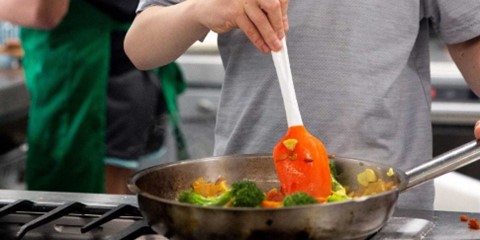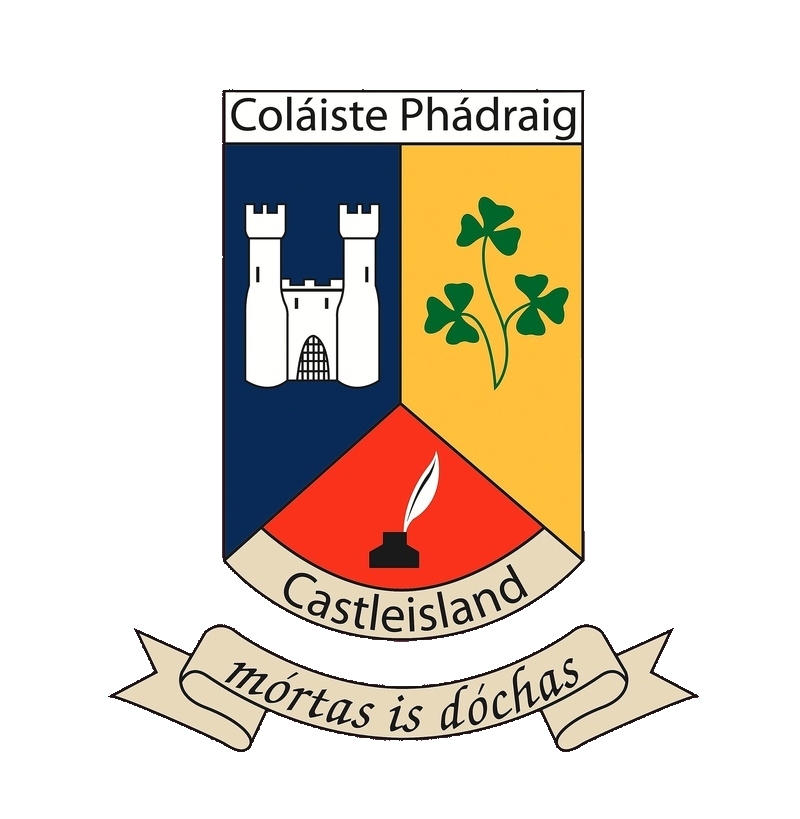Home Economics
What is Home Economics?
Junior Cycle home economics seeks to develop students’ knowledge, attitudes, understanding, skills and values to achieve optimal, healthy and sustainable living for every person as an individual, and as a member of families and society develop practical food and health literacy skills so that students are enabled to adopt a healthy lifestyle and make informed decisions that positively impact their health and wellbeing as individuals as well as within their families and society nurture students’ resourcefulness, innovation, adaptability, and competency as consumers develop students’ creative design and textile skills develop students who are environmentally conscious and dedicated to a sustainable and responsible way of life.
The specification uses an interdisciplinary approach which encourages the integration of three strands the subject. The three inter-connected strands are:
1. Food, health and culinary skills
2. Responsible family living
3. Textiles and craft
The students’ engagement and learning are optimised by a fully integrated approach to planning using the learning outcomes.

How will I learn Home Economics in school?
We offer Home Economics as part of a collaboration with Presentation Secondary School Castleisland. This gives students the opportunity to study Home Economics to Leaving Certificate in a mixed classroom setting.
Assessment for Junior Cycle Home Economics
Written examination: 50% of final examination mark. There will be one examination paper at a common level. This is marked by the State Examinations Commission.
Practical Food skills examination: 50% of final examination mark. It is based on CBA 2, the food literacy skills brief. Students will demonstrate culinary and creative food literacy skills in the implementation of the chosen brief. They will have one and a half hours plus 30 minutes preparation time. Issued and marked by the State Examinations Commission.
Classroom-based Assessments (CBA’s)
CBA’s are completed during normal class time, are individual projects and are assessed by the class teacher.
CBA 1: Creative textiles will be completed in second year. The student will make a textile item for an individual or the home or recycle or upcycle a textile item for an individual or the home.
CBA 2: Food literacy skills brief will be completed in third year where the students will research, analyse and plan the requirements of a food literacy brief.
For further information visit:
Will Home Economics be very different after the Junior Cycle?
Home Economics leads directly into Home Economics at Leaving Certificate.
